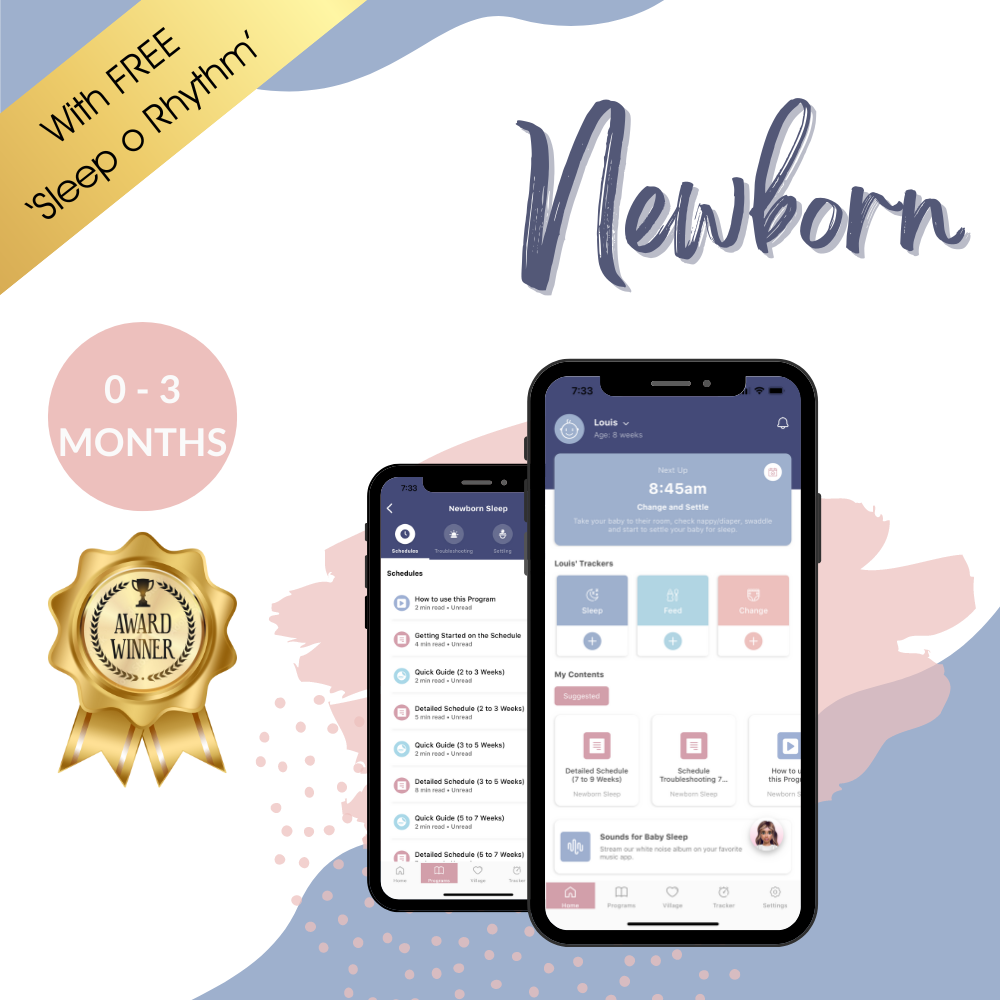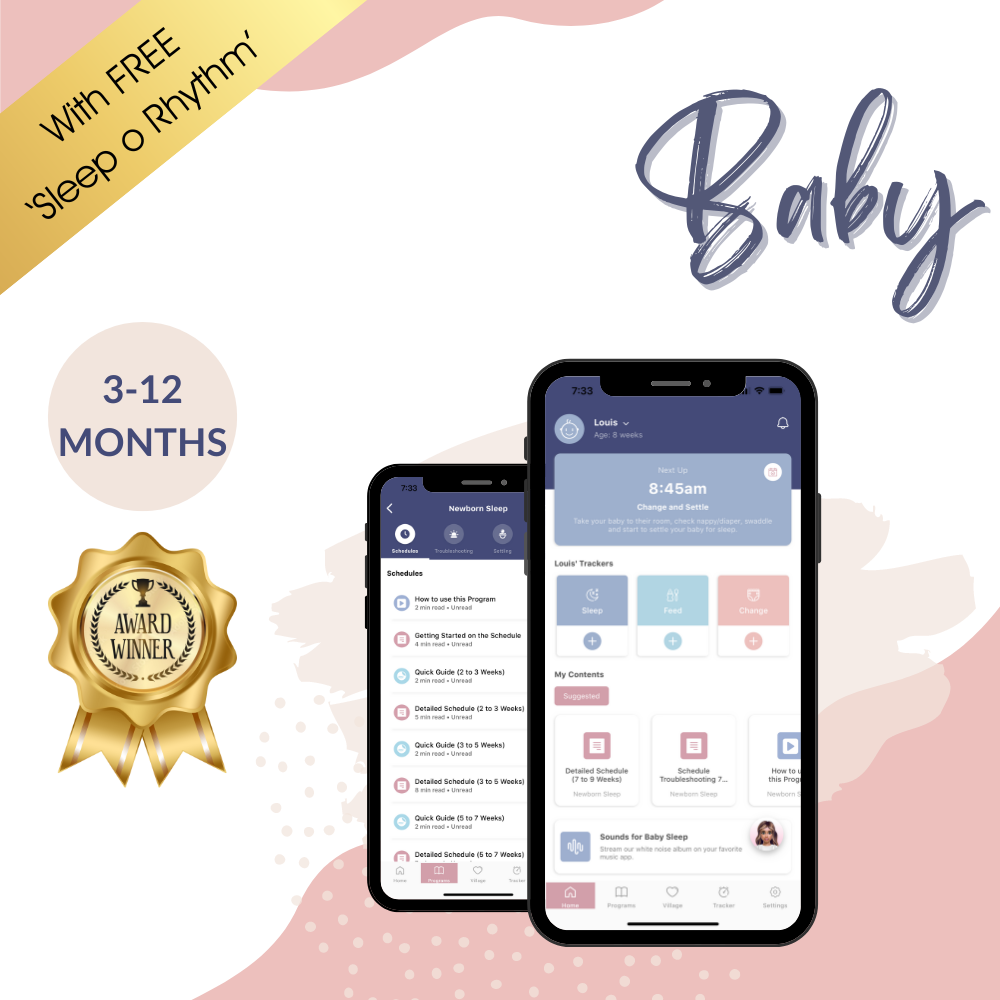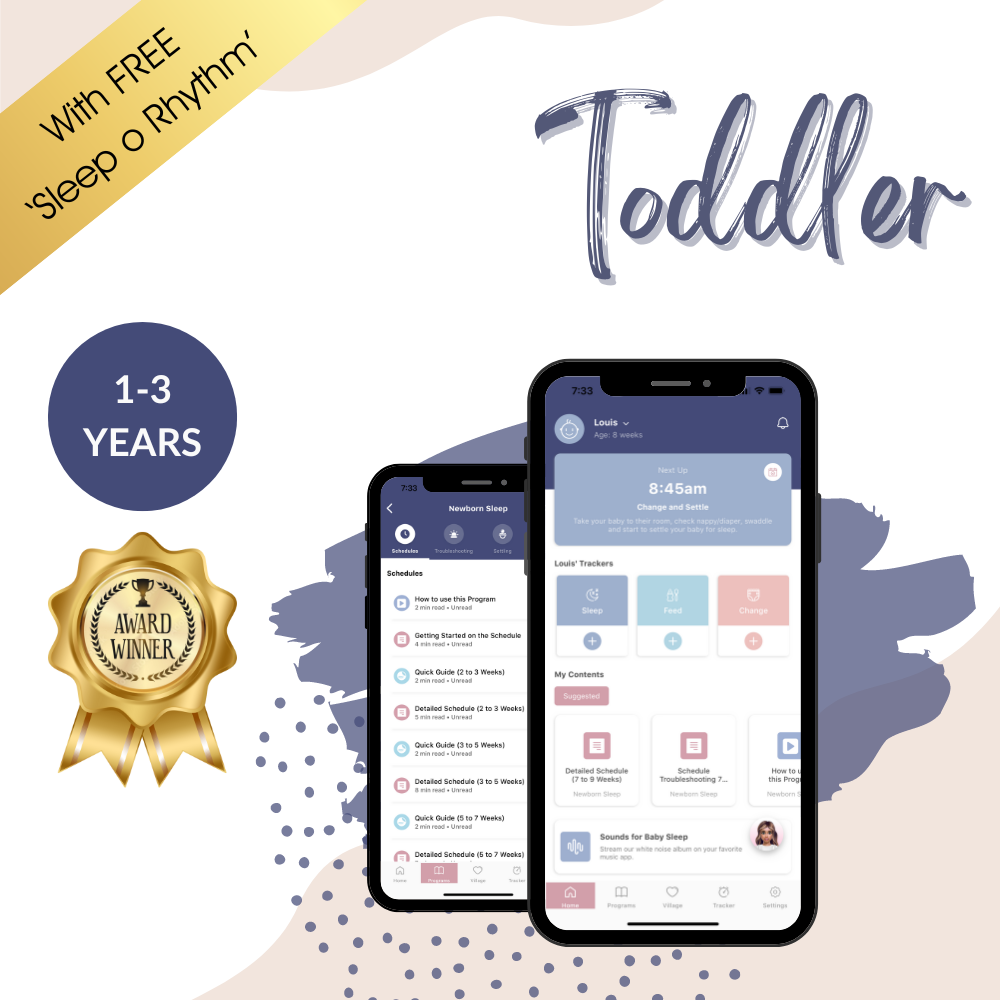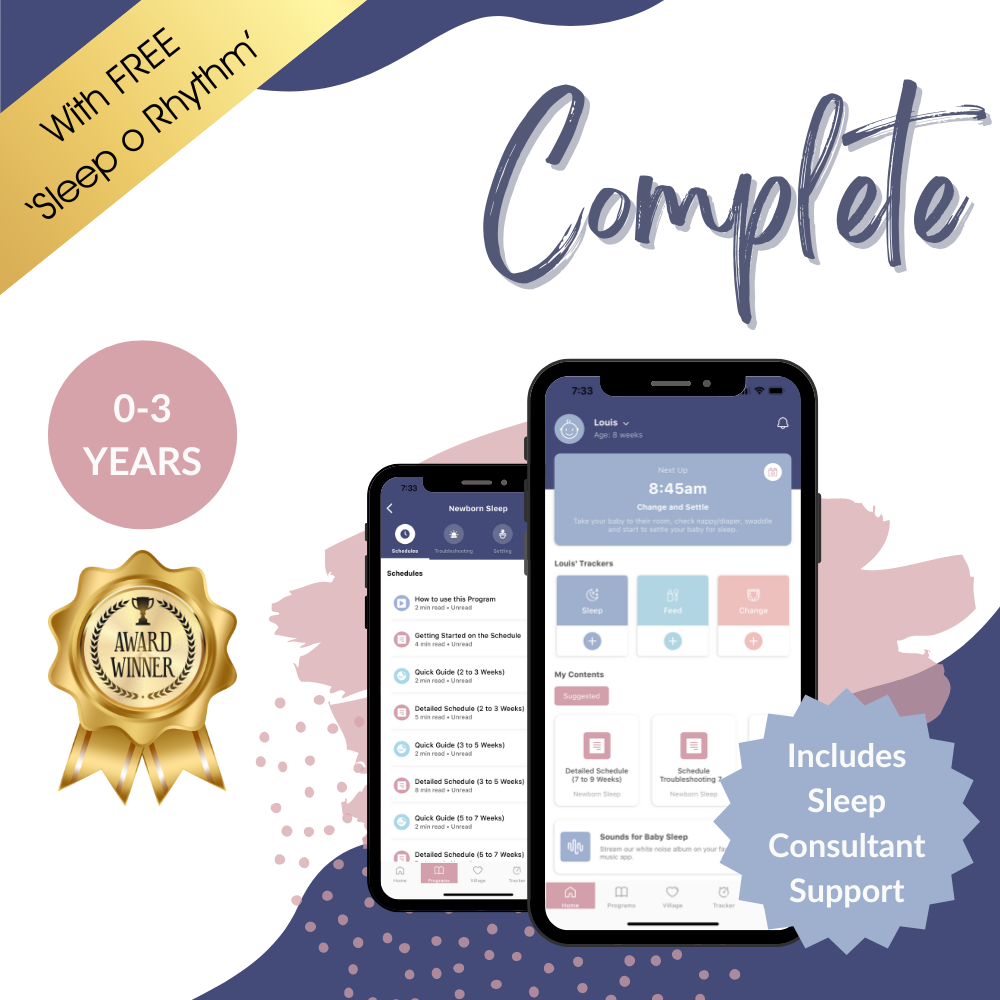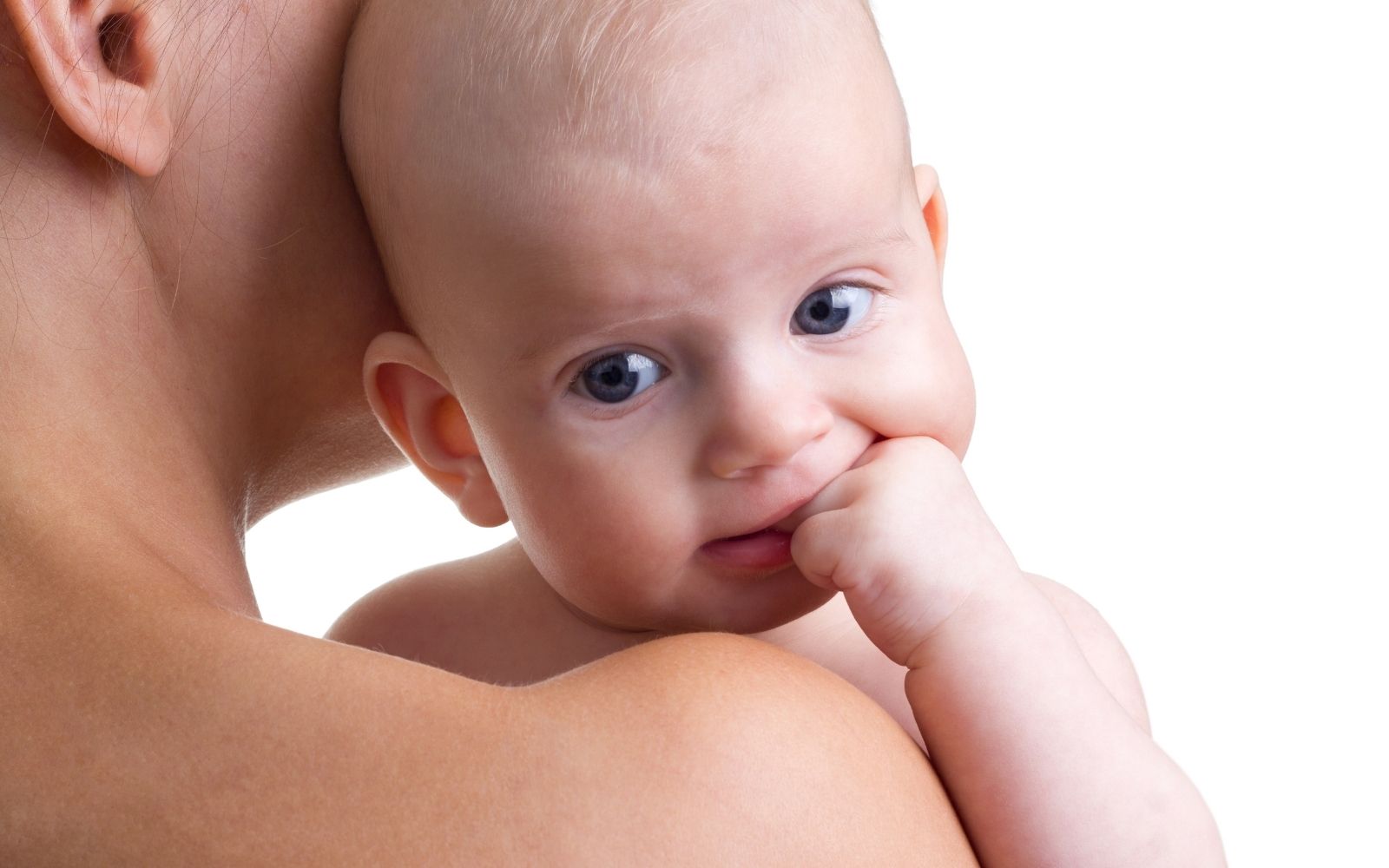
Can I Sleep Train My Baby Without Using Cry It Out?
Teaching your little one to fall asleep independently, or “self-settle”, eventually becomes the key to achieving a good night's sleep. However, thanks to the internet, self-settling has now become a term synonymous with cry-based sleep training techniques.
But it doesn’t have to be!
The more we know about sleep, the better we’re able to develop settling techniques that work with a baby’s circadian rhythm and that work with a family’s parenting style… no crying required!
First though, let's talk about crying...
About Crying
Babies and toddlers (and children and adults) cry for many different reasons. Not all crying means something is drastically wrong - you know this yourself. Your little one’s cries can be because they’re tired, because they’re too cold or hot, because they’re overstimulated, because they’re bored, because they got a fright, because that diaper change was cold on their little bottom.
Babies cry because it’s the only way they can communicate and it’s important to know what your little one is telling you, especially when they’re crying in relation to sleep.
Did you know that one of the most common causes of a crying baby is overtiredness? When a baby or toddler has been awake for too long between sleeps, if they’ve had very fractured night sleep and/or poor naps, they will have a build-up of the stress hormone cortisol coursing through their bodies. They will cry. A lot. And because of the cortisol, a fight or flight hormone, they will find it pretty hard to settle and sleep as a result.
Stuck with a sleep association? Head towards better sleep!
Found yourself struggling with a sleep association and don't know how to move your baby away from it? Whatever your sleep challenge is, we have a range of gentle settling methods to choose from, along with sleep experts who are available to guide you at every step.
Get our Sleep Programs
Ironic right? They are literally too tired to sleep! In fact, my 5 year old recently said to me (after a late night at a sleepover) “but Muuuuum, I’m just too tired to sleep”... accompanied by a full blown bedtime meltdown.
If we’re talking about sleep and crying, we must accept that overtired crying is more stressful for a baby than a bit of protest crying during a “sleep training” event (even if you're using cry-based methods, which, in this article, we're not), AND the overtired crying usually lasts longer in duration at each episode, as well as lasting longer over time.
So let's discuss the types of crying that we normally see from our little ones. There are three main forms of crying:
- Protest crying: this is a loud insistent cry, which almost sounds like shouting. This cry is the equivalent of your baby yelling at you and is a direct response to something happening that they don’t necessarily like or didn’t expect.
- Crying up or “winding up”: this is a distressed cry that a baby does when something is wrong. It escalates in volume and intensity. This is what an overtired cry would sound like.
- Crying down or “winding down”: this is a cry or grizzle that gets more spaced out, quieter or weaker and it can sometimes be a baby’s way of winding down, especially if they are overstimulated or overtired.
Very often we see or hear about babies who are crying in their sleep environment, while their parents are implementing some kind of "sleep training" method. In almost all of these cases, the parents have been advised to focus on the night-time sleep, to sleep train at night only, irrespective of what’s happened for their little one during the day.
Now, the problem with this approach is that, unless you’re also working with very age appropriate awake windows, age appropriate nap timings and lengths and optimum feeding opportunities, you will rarely be able to avoid crying during sleep training. Quite simply, you will have no idea if your baby is crying because they’re overtired, or undertired, or over stimulated, or hungry. No matter how gentle your sleep training method (like the one we’ll walk you through in a moment), you might inadvertently be doing more harm than good.
How to avoid crying
So how can you minimise crying during sleep training and be more confident that your baby is okay? By doing everything you can to get them perfectly ready for sleep in the first place! This means:
- Making sure you’re following an age appropriate nap schedule for your little one to avoid overtiredness or under tiredness (our Little Ones App can help you here)
- Making sure they’re being fed (milk and solids) at the ideal times during the day to assist with good settling and sleep
- Making sure your little one’s sleep environment is sleep inducing and not stimulating them in any way. We recommend a dark room, white noise and swaddle or baby sleeping bag for both naps and overnight sleep.
From here, you’re in a much better place to approach self-settling and avoid crying.
Say goodbye to sleepless nights.
Join over 800,000 families worldwide who are enjoying excellent sleep with our Sleep Programs, created by experts in the field of pediatric sleep.
Get our Sleep Programs
About Self-Settling
Self-settling refers to your baby (or toddler’s) ability to fall asleep independently or unassisted. As very young babies, many of our children are rocked, fed or held to help them fall asleep. You might have an older baby or toddler who falls asleep by you patting them or even driving them in the car!
The ways our little ones are used to falling asleep are called “sleep associations” and when a baby or toddlers' sleep association is dependent on you doing something for them, they’re not self-settling yet.
This is fine of course, if your little one is very young; babies under 4 months definitely need help to get to sleep. It is fine too if your baby or toddler is sleeping pretty well at night and/or if you don’t mind settling them back to sleep each time they wake overnight.
But… if your little one is waking in 2-hourly stints overnight (or even more frequently) or their night waking is causing sleep deprivation and stress in your household, it might be time to look at helping your baby or toddler learn to self-settle. Once they have this skill, we generally see massive improvements in both their nap lengths and night time sleep, because your little one is now able to put themselves back to sleep between sleep cycles rather than relying on you to help them do this.
This is where “sleep training” comes in. Or, as I prefer to refer to it, “going-to-sleep-training” - your little one already knows how to sleep (it is one of the most basic, natural human functions), but they’re now learning how to go to sleep more independently.
You can do this without crying. Let me show you how…
Self-Settling No-Cry Method
Assuming you’ve got your little one in a good, age-appropriate nap/feed pattern for their day (with the help of our award winning Little Ones App of course!), they will be in the best possible position to embark on this gentle journey.
It is important to remember while attempting any sort of sleep training, that you are helping your child learn a brand new skill, one that will be valuable to both them and you for years to come. This means it can take a while and it can be hard for some babies and toddlers to change their ingrained habits. No one learns a big new skill overnight!
You also need to respect your little one’s developmental age and stage. By this I mean, young babies can learn this new skill fairly easily, whereas for older babies, toddlers and children, it can take a while longer. Being respectful of your little one’s ability to achieve self-settling means being patient, being consistent, supportive and forgiving. And it might even mean lowering your standards; it’s okay if your little one doesn’t learn this skill as fast as your friend’s baby, and it’s okay if, on any particular day, you WANT to rock your baby to sleep that night.
The gist of our highly successful method is to do whatever it is you’re doing to get your little one to sleep, but just do it less and less over time. It’s almost that simple! Let me show you the method in easy-to-follow steps (bearing in mind, your little one might move faster or slower through the steps, and that’s okay).
We would recommend implementing this at the start of your little one’s daytime naps and bedtime first, not overnight yet.
- Change your little one’s diaper, take them to their dark room, swaddle them or pop them in their sleeping bag, and turn on some white noise.
- Use a sleep phrase such as “it’s sleep time now darling”.
- Do whatever it is you’d normally do to get them to sleep (rock, feed, pat) until they’re almost asleep, but not quite.
- Pop them into their bed.
- See what happens! Your little one might simply fall asleep. Even if you think it’s not going to happen, it’s important to give them the time and space to try.
- If they are awake in their bed but not upset, it's okay to leave them if you feel comfortable doing so. Your baby might surprise you and wriggle around a bit, whinge on and off and eventually fall asleep!
- If not, soothe them to sleep by putting your hands on them or, if your baby starts crying up or getting upset, repeat the process by picking them up and soothing them until almost asleep and pop them back in.
- The goal is for your little one to do the last part of falling asleep on their own in their bed so it's fine to pick them up and soothe them as often as needed.
The most important thing at this point is that your baby is learning to go to sleep in their own bed. They are learning that this is the space where they sleep, rather than on you or in a carrier or while feeding.
Every 1-2 days, gradually reduce the amount of settling you are doing, putting them in bed more and more awake. You will still soothe them if they’re upset, but you will also be giving them the chance to fall asleep on their own. Your little one is a quick learner and with consistency and respect for the skill they’re learning, they will surprise you!
Let's get your little one's sleep sorted ASAP!Our award-winning Sleep Programs will solve your baby's sleep challenges in no time.
Get our Sleep Programs
If, on your self-settling journey, your little one happens to fall asleep in your arms, don’t stress about it! You’re still doing a fantastic job and it’s not going to undo any of the work you’ve already done.
Initially, you will probably still need to resettle your baby if they wake between sleep cycles during their naps or overnight using your usual method of getting them to sleep. Once your little one is completely self-settling at the start of their naps and bedtime, the night wakes might disappear altogether!
If not, you can start teaching them to resettle themselves when they wake between sleep cycles for their naps and overnight, provided you are confident they are not waking out of hunger. To be sure of this, and for more in-depth guidance and methods, our Little Ones App walks you through these stages in your little one’s sleep development, troubleshooting every eventuality.
Less than a week into implementing the information from the Sleep Program, my little one was falling asleep by herself and staying asleep. This transformation took place without the need to let my baby 'cry it out'. I cannot recommend this Program enough. Buying this will literally change your life! - Courtney
Once your baby is totally self-settling, you will be in a whole new world of sleep! Yes you’ll still experience sleep regressions and nap transitions, then bedtime battles and separation anxiety as your little one turns into a toddler... but with the solid backbone of self-settling in your sleep arsenal, you will be in a far better position to ride out these stages to come.
Good luck on your sleep journey! And please remember if you need a helping hand at any time, our certified sleep consultants are just a click away in our Little Ones App.
---------------
Bibliography:
Coons S, Guilleminault C. Development of consolidated sleep and wakeful periods in relation to the day/night cycle in infancy. Dev Med Child Neurol. 1984 Apr;26(2):169-76. PubMed PMID: 6724155.
Coons S, Guilleminault C. Development of sleep-wake patterns and non-rapid eye movement sleep stages during the first six months of life in normal infants. Pediatrics. 1982 Jun;69(6):793-8. PubMed PMID: 7079046.
Dewar, G. (2008-2014). Baby sleep patterns: A guide for the science-minded. Retrieved from Parenting Science: http:// www.parentingscience.com/baby-sleep-patterns.html
Shonkoff, J.P. and A.S. Garner. The lifelong effects of early childhood adversity and toxic stress. Pediatrics. 129(1): p. e232-46. 2012.
St James-Roberts I, Roberts M, Hovish K, Owen C. Video Evidence That Infants Can Resettle Themselves Back to Sleep After Waking in the Night, as well as Sleep for Long Periods, by 3 Months of Age. J Dev Behav Pediatr. 2015 Jun;36(5):324-9. doi: 10.1097/DBP.0000000000000166. PubMed PMID: 26035139; PubMed Central PMCID: PMC4459553.
The Science of Mom. (2012). Helping Babies Cope With Stress and Learn to Sleep. [online] Available at: https://scienceofmom.com/2012/03/30/helping-babies-cope-with-stress-and-learn-to-sleep/ [Accessed 29 Mar. 2022].
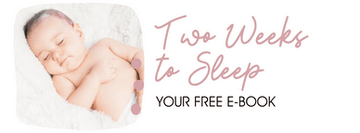
Receive product and services updates, promotional offers and other marketing communications based.


